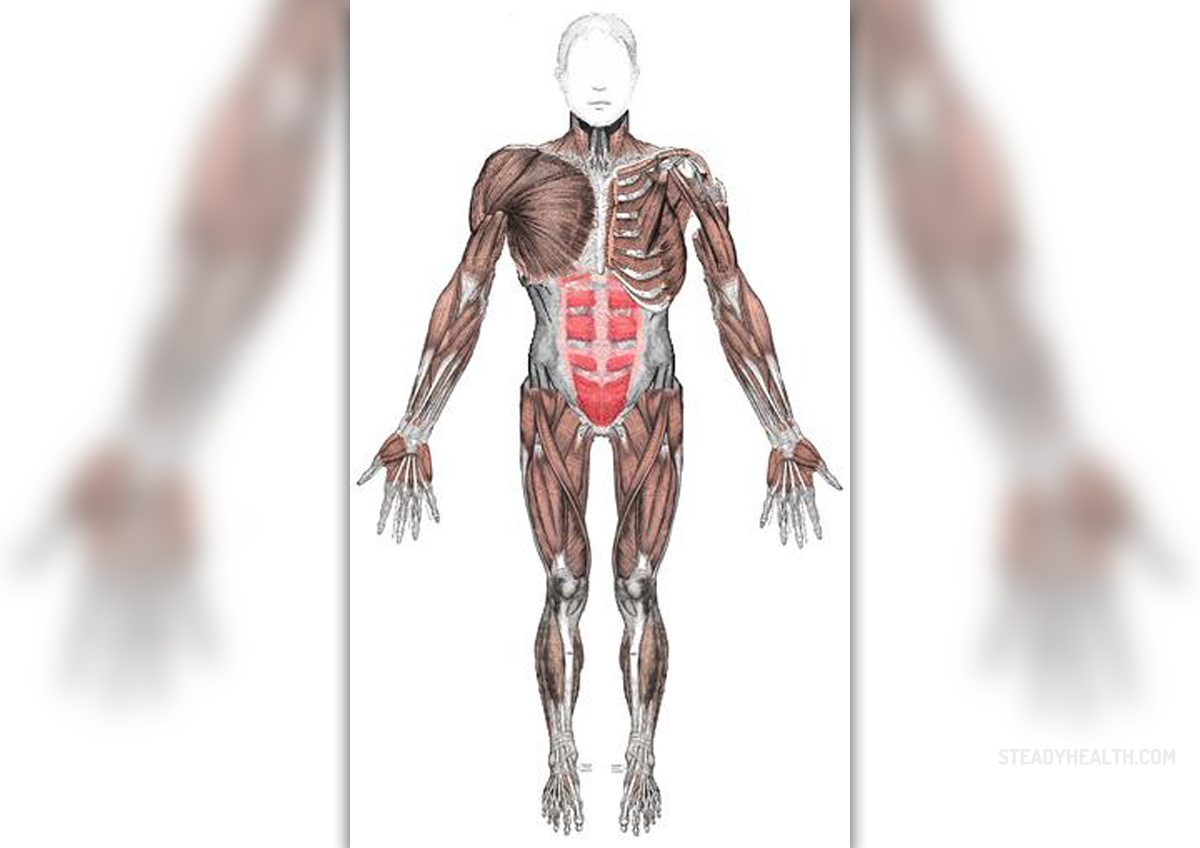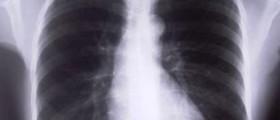
Pompe disease is relatively rare, inherited disorder affecting many organs and organ systems in the body. All the symptoms, signs and associated complications of the disease result from excess of glycogen, a specific type of sugar. The build-up of glycogen is mostly observed in muscles, including the heart muscles.
In the United States Pompe disease occurs in 1 out of 40,000 individuals. The incidence is however, different in various ethnic groups and may be higher or lower compared to that in the US.
Inherited Disorder Caused by Glycogen Build-up in Cells
Such build-up develops as a consequence of mutations in the gene connected with synthesis of acid alpha-glucosidase (GAA). The enzyme is necessary to break down glycogen. This process takes place in lysosomes, cellular organelles containing specific enzymes that break down waste material and cellular debris. In patients suffering from Pompe disease there is complete or partial lack of the enzyme and this significantly interferes with normal functioning of the affected muscles/organs.
There are approximately 300 mutations that can affect the GAA gene, all of which are potential triggers of Pompe disease. The disorder is not unique for all patients. It basically varies in severity according to the age of the onset as well as the degree of enzyme deficiency.
Infantile form of Pompe disease develops as a consequence of complete deficiency of acid alpha-glucosidase. This is an early onset characterized by symptoms and signs that occur within the first months of life. The baby has feeding problems, weight gain is poor and insufficient and there is clear muscle weakness. The baby is floppy and there is head lag. Muscle weakness is additionally blamed for respiratory difficulties which subsequently trigger frequent and recurrent lung infections. The heart of such children is grossly large. Tongue enlargement is reported to occur as well. This form of Pompe disease is severe and such children basically die before their first birthday from respiratory or cardiac complications.
Juvenile/adult form of Pompe disease or late onset of the disease is associated with partial acid alpha-glucosidase deficiency. The symptoms may first occur in the first decade of childhood or sometimes even develop once the person enters the sixth decade of adulthood. Initially almost all patients experience muscle weakness and associated respiratory weakness. The progression of the disease leads to respiratory failure within the following several years. There is generally no heart involvement in this form of Pompe disease. The condition is easily confirmed after measuring the level of glycogen and confirmation of the presence of genetic mutations with certain tests.
All in all, once the condition is confirmed, it is essential to test other family members and determine whether there are carriers and who might develop the disease later in life.
How is It Inherited?
This is a severe medical condition resulting from inadequate production of GAA (acid alpha-glucosidase). The enzyme plays a significant role in metabolism of glycogen, a form of sugar our body creates out of glucose. The enzyme normally breaks down glycogen when there is need for glucose. However, if there is not sufficient amount of the enzyme or the body lacks the enzyme completely, glycogen accumulates in the body (especially muscles) and triggers long-term damage.
Pompe disease is passed from parents to children in an autosomal recessive fashion. Both parents must have mutation of the gene for the child to develop the disease. If only one copy of the defective gene is present, the child will become a carrier and will not develop the disease. However, being a carrier he/she may pass the gene to his/her descendants, causing either disease or again allowing further gene transmission.
Available Treatment Options
Children suffering from Pompe disease used to die before their first birthday. Today, with advanced medical approaches and various medications available, their lifespan may increase. For instance, a drug Myozyme, approved by FDA is known to extend the lives of people with infant form of Pompe disease. What is more, by being closely monitored by several specialists including a cardiologist, neurologist and respiratory therapist, these patients have greater odds to survive longer.
The treatment is practically symptomatic, dealing with current symptoms and signs of the disease. Since scientists have managed to identify the underlying cause of the disease, there have been many studies and attempts to create a perfect drug which will replace the missing enzyme. Medical experts developed enzyme replacement therapy. It has proven efficient in clinical trials especially among infants. Myozyne, the above mentioned medication is now used in infants and children suffering from this genetic disorder. There is another drug called Lumizyme, but it is generally prescribed to patients with late onset of the disease.
The prognosis is not so good because lack of enzyme is blamed for progressive thickening and enlargement of the heart, while respiratory weakness leads to recurrent infections and inevitable respiratory failure. When it comes to late onset of the disease, the prognosis is better in patients who are older when first symptoms occur.

















Your thoughts on this
Loading...